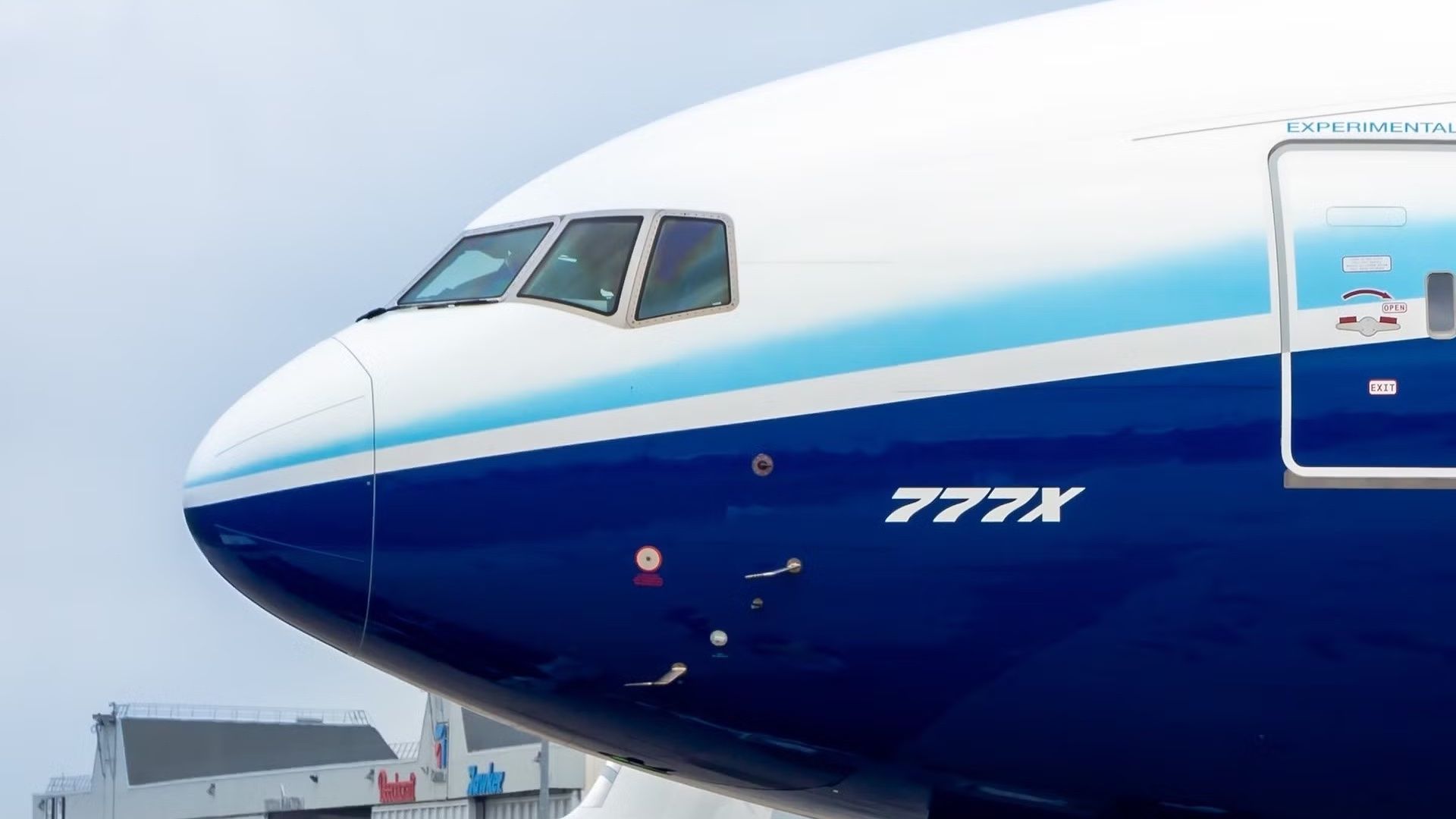Boeing has initiated wing assembly for the highly anticipated 777-8F Freighter, which is set to become the world’s most advanced twin-engine cargo aircraft. This significant milestone in the Boeing 777X program was achieved at the company’s Composite Wing Center in Everett, Washington, where the first wing spars, each exceeding 100 feet in length, were assembled alongside their corresponding skin panels.
The progress is not limited to the United States; major components are also being fabricated by Boeing’s Japanese partner, Mitsubishi Heavy Industries, with additional contributions from Japanese manufacturers Kawasaki and Subaru. This collaborative effort reflects the extensive international partnerships that underlie the project.
Significant Developments in Production Timeline
Boeing’s recent update highlights that wing assembly is well underway, with the first wing spars drilled and fabricated in Everett. The company confirmed that the production of wing skins and stringers is actively progressing, aligning with its timeline for the initial deliveries, scheduled to start in 2028. Reports from the factory floor indicate that robotic drilling is being utilized in the assembly process, showcasing the advanced manufacturing techniques being implemented.
This development follows Boeing’s announcement that it has postponed the 777-8F entry into service to 2028 and plans to cease production of the Boeing 767 Freighter by 2027. These strategic decisions are reshaping the near-term landscape for widebody cargo aircraft, as aging models gradually retire from service.
Implications for Boeing and the Cargo Market
The successful commencement of wing assembly signals a maturation of manufacturing capabilities for Boeing on this critical platform. The 777-8F leverages advanced composite wings and state-of-the-art GE9X engines, making it a significant player in the cargo aircraft sector. This development not only reinforces Boeing’s longstanding dominance in the widebody freighter market, represented by models such as the Boeing 747-400F and the original Boeing 777F, but also highlights the company’s commitment to innovation.
From a commercial perspective, the delay in the 777-8F service entry compresses the time between the Boeing 767F and the new model, creating potential risks if airlines pivot towards competitors like the Airbus A350F. As Boeing progresses with these production milestones, it aims to boost customer confidence and drive further orders.
In terms of financial performance, executing these production targets remains a challenge. Ongoing certification issues with the 777X could inflate costs, and any additional delays may hinder Boeing’s ability to meet market demands. Nevertheless, achieving these assembly milestones positions Boeing to capitalize on the next upcycle in the cargo market, especially with a high-capacity, long-range, and environmentally friendly freighter.
The advancements in the 777-8F program also indirectly benefit passenger travel. Although the freighter is not a passenger aircraft, its production supports the shared manufacturing processes and supply chains that are crucial for the Boeing 777X series. In the near term, airlines will continue to rely heavily on cargo space in passenger aircraft, which remains a significant revenue source. The eventual introduction of the 777-8F will enhance airlines’ cargo capabilities, allowing for increased revenue generation while enabling them to offer competitive pricing on passenger routes.
In summary, Boeing’s progress on the 777-8F Freighter not only marks a pivotal moment for the company but also shapes the future of the global cargo aircraft market. With a commitment to innovation and strategic partnerships, Boeing is positioning itself to meet the evolving needs of the industry in the coming years.







